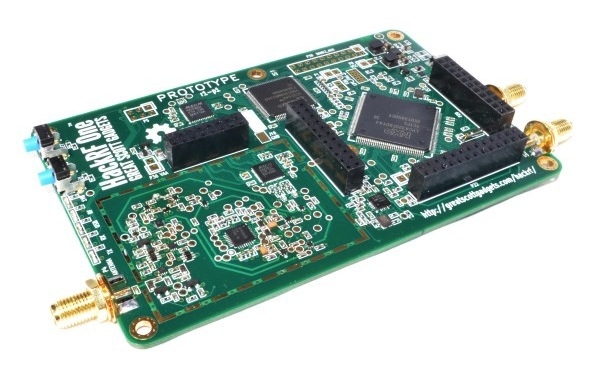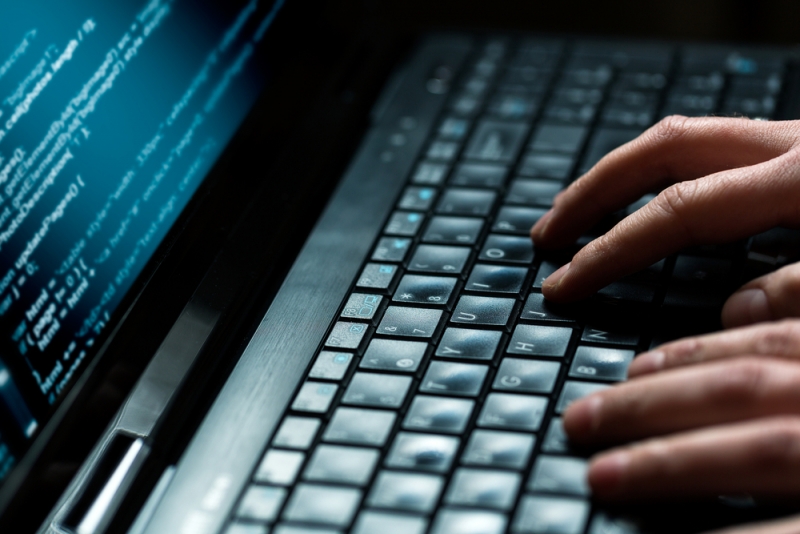While much of the attention regarding leaked NSA documents has been centered around actual Agency espionage and data collection operations, there has also been a wealth of information made available regarding the kinds of tools and software they use. With that knowledge in the public, many of the NSA's tricks can now be defended against and are starting to be reverse engineered.
As part of the now infamous cache of NSA documents leaked by Edward Snowden, there is a classified Advanced Network Technology manual that outlines, details and lists various gadgets agents can use to spy on computers and cellphones. The catalogue consists of things like dummy base stations to track cell data and calls as well as radio-based USB thumb drives to covertly beam the contents of a system elsewhere. Among other things, the catalogue also listed "retro reflectors," a technology those outside the NSA and its partners knew very little about previously. Small implantable devices designed to track keystrokes, on-screen images and even ambient sounds, retro reflectors are now out in the open and being developed by Michael Ossmann and his team from Great Scott Gadgets.

Retro reflectors consist of two parts, a tiny transistor planted within a system and a software-defined radio (SDR) based receiver system. Ossman, who specializes in SDR has built a software-defined radio dubbed HackRF that played an instrumental role in him recreating the NSA reflectors. There were reports previously of the NSA using similar tech to track computers and devices offline using radio-based transmitter systems.
Ossman plans to educate others about NSA tactics in order to better protect against privacy intrusion and plans to present his work in August at the Defcon hacker convention in Las Vegas. Reports say there will be a number of other hackers/researchers presenting data on NSA gadgets and technologies as well.
Masthead image via Shutterstock.
